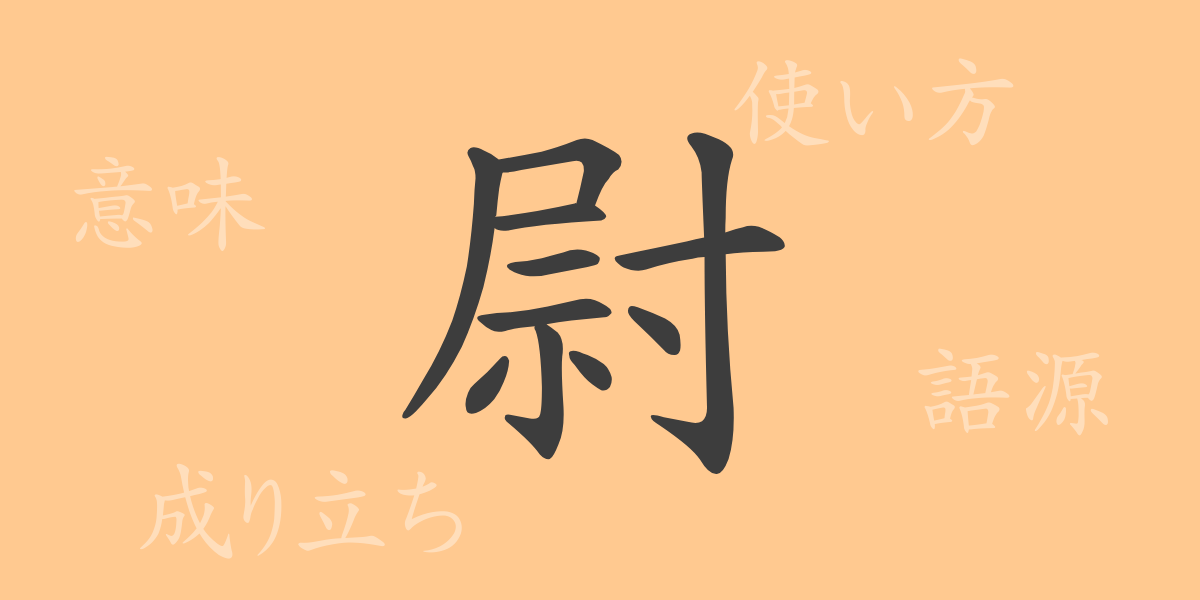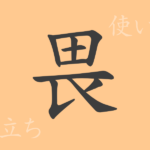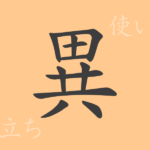“
The complexity and richness of Japanese kanji not only embody the beauty of the language but also provide a key to understanding Japanese culture. This article shines a light on the commonly used kanji ‘尉’ (I), exploring everything from its origins to its modern usage, and its role in phrases and proverbs. Let’s delve into the world of ‘尉’, which combines academic curiosity and practicality in everyday life.
Origins of 尉 (I)
The kanji ‘尉’ originated in ancient China as a term denoting a military rank. It is composed of ‘尢’ (Ma), indicating a person with a disability, and ‘㠯’ (E), a pictogram of an elderly person. These elements together traditionally symbolized a senior military officer who, despite age and physical frailty, possessed experience and wisdom.
Meaning and Usage of 尉
In contemporary Japanese, ‘尉’ primarily denotes ranks within the military and police forces. It corresponds to ranks such as lieutenant colonel and captain in the Self-Defense Forces, and police ranks like assistant inspector and inspector. It is also used respectfully for elderly men, acknowledging their stature and experience.
Readings, Stroke Count, and Radical of 尉
The kanji ‘尉’ reflects its form and history in its readings and structure.
- Readings: The on’yomi (Chinese reading) is ‘イ’, and there is no commonly used kun’yomi (Japanese reading).
- Stroke Count: ‘尉’ consists of 11 strokes.
- Radical: The radical is ‘尢’ (Ninben).
Phrases and Proverbs Using 尉
Idioms and phrases involving ‘尉’ often relate to rank and status. For example, ‘警察尉’ (Keisatui) refers to a police rank, and ‘少尉’ (Syoui) denotes the lowest commissioned officer rank in the Self-Defense Forces and other military bodies. While there are few proverbs directly using ‘尉’, its usage in terms denoting rank plays a crucial role in illustrating hierarchy and authority within organizations.
Summary of 尉
The kanji ‘尉’ has played a significant role in denoting military and police ranks from ancient armies to modern forces. Understanding its origins, meanings, and usages not only deepens one’s grasp of the Japanese language but also enhances appreciation of Japan’s organizational culture and historical hierarchies. As we continue to explore the profound histories and meanings embedded in each kanji, such as ‘尉’, we aim for a deeper understanding of Japanese culture.
“

























